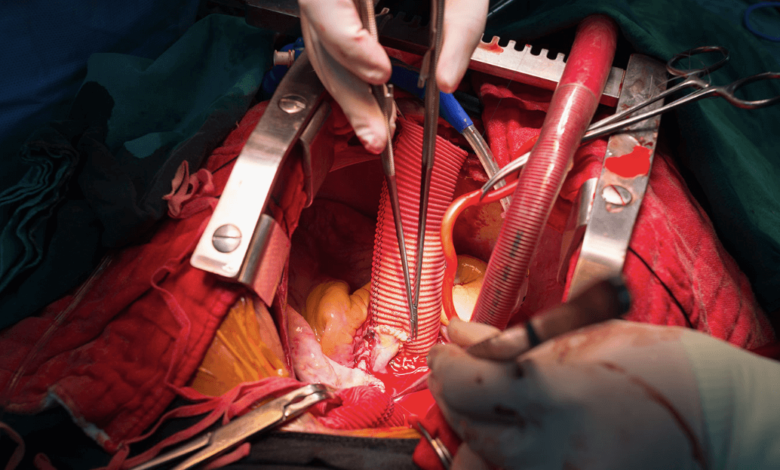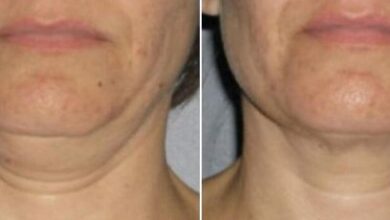Bentall Procedure: A Life-Saving Surgical Technique

In the realm of cardiovascular surgery, the Bentall stands as a remarkable and life-saving technique. This complex surgical intervention addresses conditions that involve both the aorta and the aortic valve, safeguarding patients from life-threatening complications. In this article, we delve into the intricacies of the Bentall procedure, its significance, the surgical process, recovery, and potential risks.
Understanding the Bentall Procedure
What is the Bentall Procedure?
The Bentall procedure is a surgical approach primarily employed to treat conditions such as aortic aneurysms and aortic valve diseases. It involves the replacement of the aortic root, including the aortic valve, with a synthetic graft. This comprehensive intervention helps to restore normal blood flow and prevent potential ruptures or dissections of the aorta.
The Surgical Process
Step-by-Step Surgical Approach
- Incision and Access: The surgery begins with an incision in the chest, usually in the sternum. This grants the surgeon direct access to the heart and aorta.
- Aorta and Valve Removal: The damaged aortic root and valve are carefully excised. This step prepares the way for the implantation of the synthetic graft.
- Graft Implantation: The synthetic graft, comprising a prosthetic valve and a vascular tube, is meticulously sewn into place. This effectively replaces the aortic root and valve.
- Coronary Reattachment: If necessary, the coronary arteries are reattached to the graft. This ensures uninterrupted blood flow to the heart muscle.
- Closing the Incision: Once all components are securely in place, the chest incision is closed, and the surgical process concludes.
Recovery and Rehabilitation
Postoperative Care
After the procedure, patients are closely monitored in an intensive care unit. They are connected to various monitors to track vital signs and ensure optimal recovery. Pain management, infection prevention, and wound care are crucial during this phase.
Rehabilitation and Follow-Up
Following the hospital stay, a comprehensive rehabilitation program is often recommended. This includes monitored physical activity, dietary guidance, and medications to support recovery. Regular follow-up appointments are scheduled to assess.
Potential Risks and Complications
Addressing Risks
As with any major surgery, the procedure carries inherent risks, including bleeding, infection, adverse reactions to anesthesia, and blood clots. Additionally, there is a possibility of graft-related complications or the need for further surgical interventions in the future. Read more…
Conclusion
The Bentall procedure is a sophisticated surgical technique that has revolutionized the treatment of aortic root and valve conditions. By effectively addressing these complex issues, it provides patients with a chance at a healthier and longer life. As medical advancements continue, the Bentall remains a beacon of hope for individuals facing critical cardiovascular challenges.
FAQs
- Is the Bentall suitable for all aortic conditions? The procedure is most commonly employed for aortic aneurysms and aortic valve diseases. Your cardiovascular surgeon will determine its suitability based on your specific condition.
- How long does the recovery process usually take? Recovery times vary, but patients can typically expect several weeks of rehabilitation and gradual resumption of daily activities.
- Are there alternative treatments to the procedure? Depending on the condition, alternatives such as aortic valve repair or less invasive procedures might be considered. Consultation with a cardiovascular specialist is essential to explore options.
- Can young adults undergo the Bentall? Age is not the sole determining factor. The decision to proceed with the procedure depends on the overall health and specific circumstances of the individual.
- Is the synthetic graft permanent? The synthetic graft is designed to be durable and long-lasting. However, like all medical devices, its longevity can vary from patient to patient.




